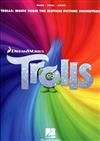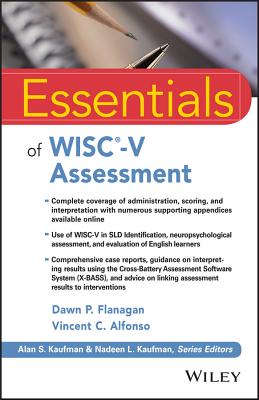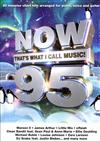Essentials of WISC®-V Assessment provides a complete, step-by-step approach to administering, scoring, and interpreting the WISC-V. Each concise chapter is filled with practical tips that make assessment of cognitive functions with the WISC-V efficient and informative. Clinical applications chapters offer important and valuable information on the utility of the WISC-V in the assessment of disorders and disabilities, including specific learning disabilities and intellectual disability. Significant attention is also devoted to the use of the WISC-V in the evaluation of individuals who are gifted, deaf or hard of hearing, and who have English as a second language. The companion software includes an interpretation program for the WISC-V with a variety of features to assist the user in understanding test performance. Like all the volumes in theEssentials of Psychological Assessment series, each concise chapter features numerous callout boxes highlighting key concepts, extensive illustrative material, and test questions that help gauge and reinforce your grasp of the information covered. Other key features include:
- User-friendly interpretive software provides practitioners with a time-saving tool for making psychometrically and theoretically defensible interpretations of WISC-V performance and illustrates how to link WISC-V assessment findings to interventions based on an individual’s unique WISC-V pattern of strengths and weaknesses.
- Case studies and examples of WISC-V reports from psychometric/forensic-style reports to theme-based reports appropriate for parents and teachers.
- A systematic means of linking WISC-V assessment findings to evidence-based interventions, accommodations, curricular and instructional modifications, and compensatory strategies.
- A chapter on the use of the WISC-V in cross-battery assessment and the Digital Adaptation of the WISC-V (Q-Interactive).
- A chapter on the use of the WISC-V in neuropsychological assessment.





 看圖書介紹
看圖書介紹















